The Impact of Fireworks on Greenhouse Gas Emissions:
A Closer Look
Introduction
Fireworks have long been a staple of celebrations worldwide such as Canada Day, Independence Day, New Years Eve, and many other occasions. That said, have you ever wondered about the impact of fireworks from a greenhouse gas (GHG) perspective?
What Are Fireworks Made Of?
Fireworks are composed of various chemicals and metals, including potassium nitrate, charcoal, sulfur, and a range of metal salts to produce different colors. When ignited, these components undergo a rapid oxidation process, creating the beautiful explosions we see in the sky.
The Emission of Greenhouse Gases
The combustion of fireworks releases several pollutants into the atmosphere, including carbon dioxide (CO₂), carbon monoxide (CO), sulfur dioxide (SO₂), and particulate matter. Among these, CO₂ is the most significant concerning greenhouse gas.
Carbon Dioxide (CO₂): As with any combustion process, fireworks release CO₂. Although the amount of CO₂ released from fireworks is relatively small compared to other sources, it contributes to the overall atmospheric CO₂ levels. For instance, a single large-scale fireworks display can release hundreds of kilograms of CO₂ into the atmosphere.
Carbon Monoxide (CO): CO is another byproduct of fireworks. While it eventually converts to CO₂, it’s a more immediate concern for air quality and health.
Particulate Matter (PM): Fireworks emit fine particles that can linger in the air and contribute to air pollution. These particles can exacerbate respiratory conditions and reduce air quality.
The Carbon Footprint of New Year’s Eve Celebrations
During the 2023 New Year’s Eve celebrations in major cities around the world, it’s estimated that displays of fireworks collectively produced around 4,000 metric tons of CO₂ emissions. To put this into perspective:
- Driving Equivalent: 4,000 metric tons of CO₂ is roughly equivalent to the emissions from driving a typical passenger car for approximately 10 million miles.
- Air Travel Equivalent: It’s also comparable to the emissions from about 800 one-way flights between New York and London on a commercial airplane.
Short-Term vs. Long-Term Impact
While the immediate impact of fireworks on GHG emissions is noticeable, the long-term effects are less significant when compared to industrial activities, transportation, and agriculture. However, the short-term spike in air pollution can have acute health effects, particularly in urban areas with high population density.
The Role of Regulation
Governments and environmental organizations are beginning to regulate fireworks displays more strictly, especially in areas with high pollution levels or during times of poor air quality. Encouraging the use of eco-friendly alternatives and educating the public about the environmental impact can also help reduce the negative effects of fireworks.
Conclusion
While fireworks contribute to greenhouse gas emissions and air pollution, their overall impact is relatively small compared to other sources. However, the environmental and health implications of their short-term use cannot be ignored. As we continue to celebrate our traditions, exploring sustainable alternatives and implementing stricter regulations can help us enjoy these events while minimizing their environmental footprint. By doing so, we can ensure that our celebrations do not come at the expense of our planet’s health.
Contact us today for more information on our GHG accounting and inventory services.
Email david.dussault@zenithnet-zero.com to learn more
Citations
- London City Hall. “Pollution and Emission Levels from New Year’s Eve Fireworks.” https://www.london.gov.uk/what-we-do/environment/pollution-and-air-quality/pollution-and-emission-levels-new-years-eve-fireworks-jan-2023.
- Fantastic Fireworks. “The Carbon Footprint of Fireworks.” https://fantasticfireworks.co.uk/news/the-carbon-footprint-of-fireworks.



